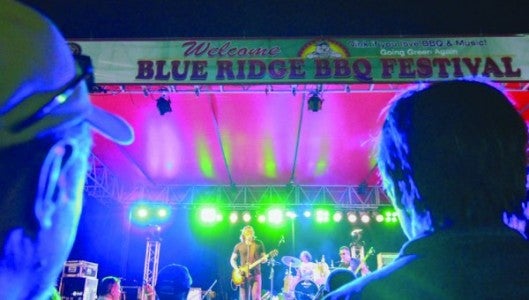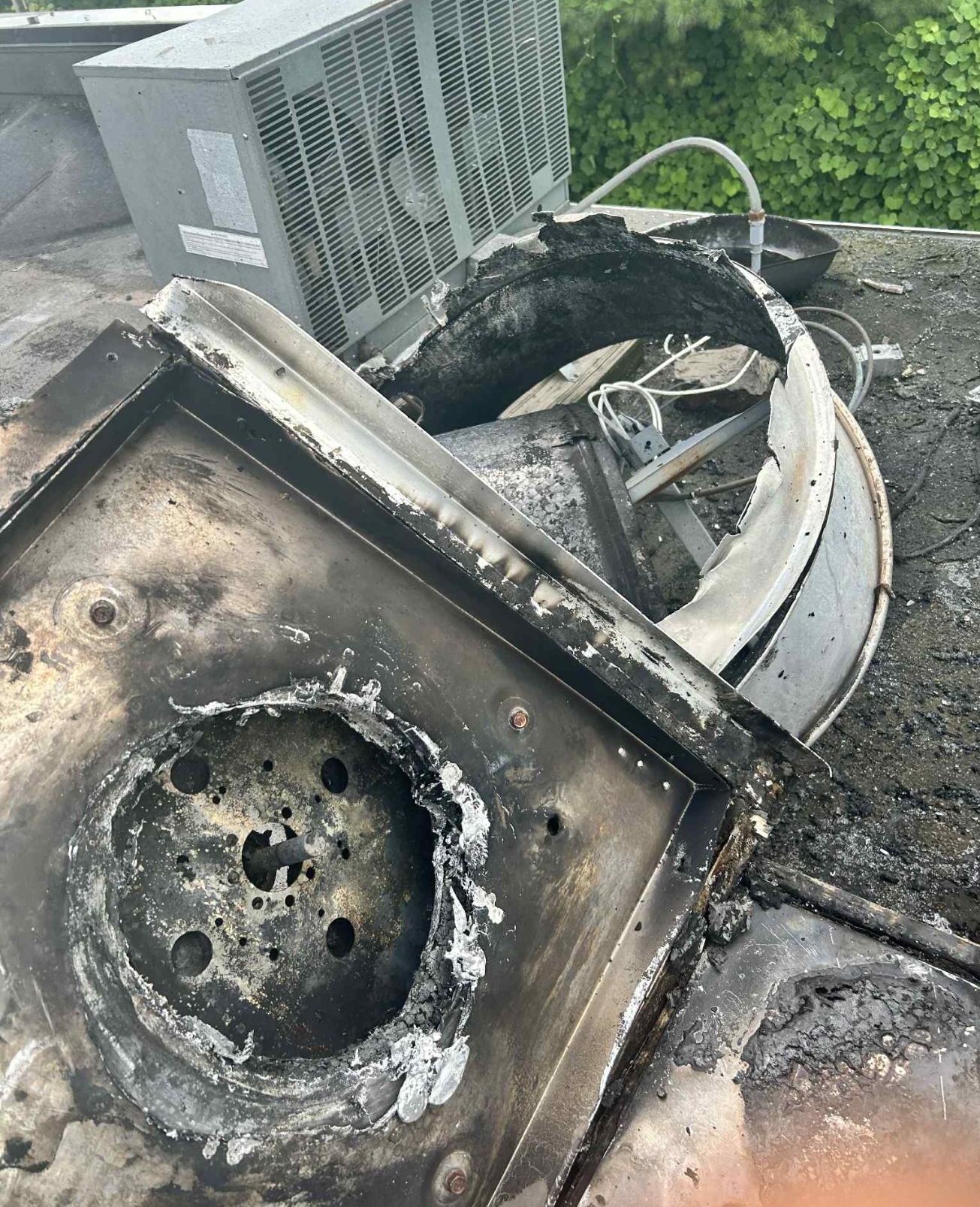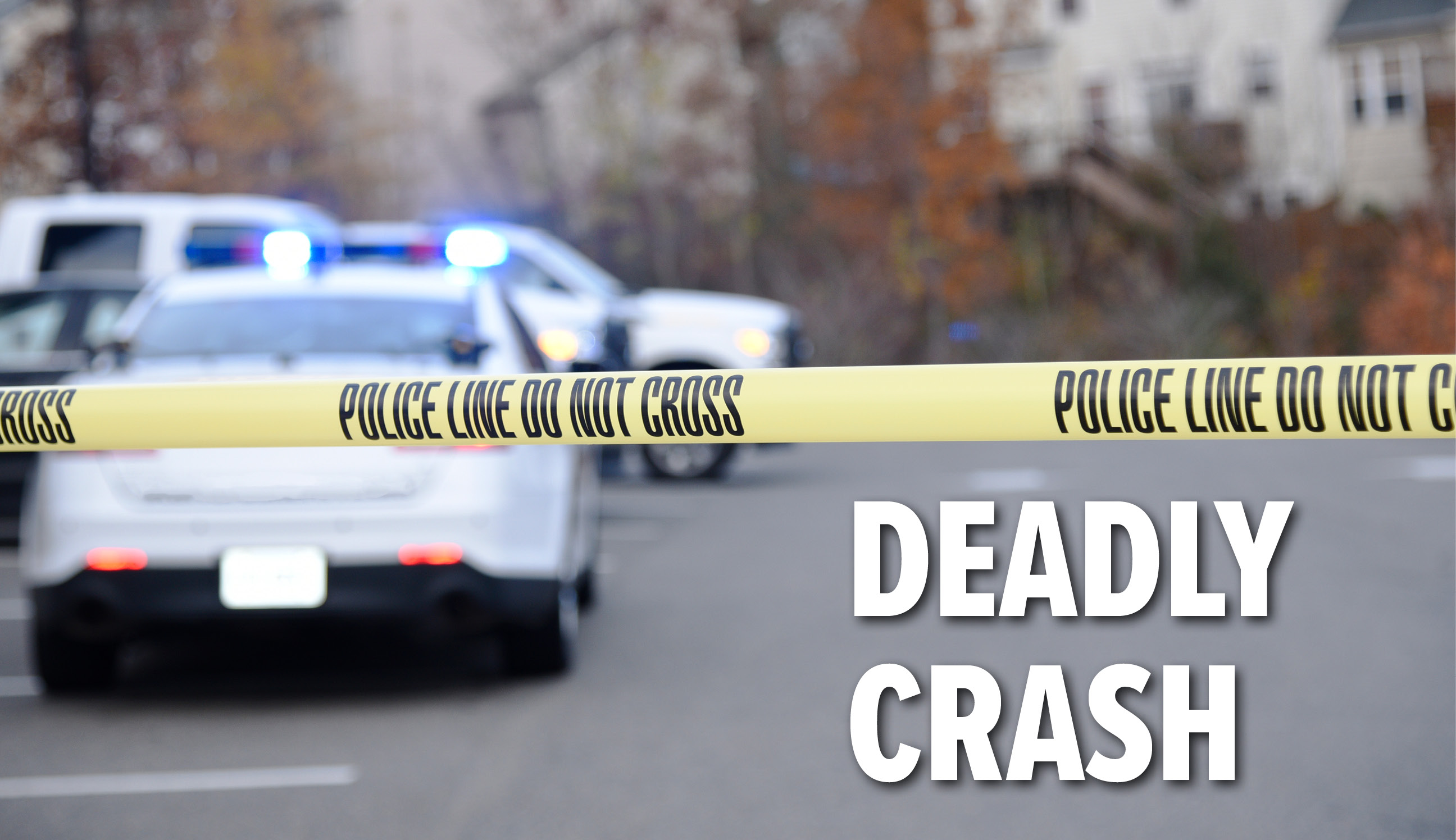It started with a question
Published 11:49 am Wednesday, June 1, 2016
By Michael O’Hearn
Photos submitted by Janet Sciacca, Charlie Neff and Marjorie Neff
The creation of the Blue Ridge Barbecue Festival, the Harmon Field event that kicks off a Polk County summer every year, all started with a question back in 1993 – a question asked by Charlie Neff, chairman and treasurer of the Tryon Chamber of Commerce.
When the chamber needed funds to maintain operations, they began to look at ways to raise money to keep going forward.
“I became treasurer of the chamber back in 1991 and I was also chairman for two years, while I was running Tryon Financial,” Neff said. “I felt the chamber needed a fundraising program that could help other people and companies in the community, and so on and so forth. So, one day, a client of mine came in and I talked to him about getting a barbecue going.” The year was 1993 and the client was Jim Tabb, who at the time was a judge with the Kansas City Barbecue Society. The two began to talk about a prospective barbecue festival for the area.
“He (Tabb) was talking about these barbecue festivals that he was starting to get involved in at the time, and there may have been 20 or 30 barbecue competitions around the country at that time,” Janet Sciacca, current executive director of the Carolina Foothills Chamber of Commerce, said. “The chamber needed a fundraiser so that they could hire a full-time director because they at the time had a part-time secretary.”
Tabb agreed to do it, but not as Neff had imagined.
“I had been messing with barbecue for a number of years, and he asked me about what I had been doing and my judging,” Tabb explained. “I didn’t think that much about it other than it would be difficult to do.”
Getting a committee together, as well as picking a date for the festival, became the first step of creating what is now known as the Blue Ridge Barbecue Festival.
“When he (Neff) asked me if we could do it in September, I said that was the first mistake,” Tabb said. “To do it right, it would take at least a year to plan it.”
Being from Philadelphia, Neff said he was a “poor old man” who didn’t know much about barbecue.
Tabb said because later in the year is too unpredictable in terms of weather, he opted to hold the first festival in the summer of 1994. June became the agreed upon time between the chamber and Tabb.
“I looked at all the weather information over the years and decided not to do it in November or December,” Tabb said. “So, I came up with a couple of months and decided to do it in either June, July or August. It’s too hot in July or August, and the sweet spot is the first two weeks of June.”
This time also allowed the barbecue festival the freedom to not have to compete with any other barbecue festivals in the area, Tabb said. However, he said the members of the Harmon Field committee did not understand his intentions to create the competition.
“They asked me what I was trying to do, and me trying to explain a barbecue competition to them was like talking to the moon,” Tabb said.
Tabb rounded up 24 cook teams he knew from the festivals he had been going to across the country and the first festival in 1994 had been a great success.
But that success was fleeting. Tabb explained that the festival needed to be moved to FENCE in Landrum the following year per the orders of the Harmon Field Commission and Tryon town commissioners.
“When the Tryon town commissioners heard we wanted beer, it was like they imagined thousands of drunks running around Harmon Field,” Tabb said. “I had asked the sheriff if he had any problems at the contest and he said no more than any other Friday night football game.”
The following year, with a new venue at FENCE and the addition of carnival rides, the festival saw what Tabb’s wife, Kathleen, described as a “deluge of rain” that drove festival attendance down.
That didn’t stop the show from carrying on, though, for years to come. The festival continued to grow in size from every angle and national attention from media outlets like Southern Living and National Geographic fueled this growth in 2008 and 2009.
However, the festival at one point had almost been shut down. In 2010, turmoil hit when then-president of the Carolina Foothills Chamber of Commerce, which formed due to a merging of the Polk County Chamber of Commerce with the Landrum Chamber, Andy Millard proposed shutting down the festival because of profit lines trending downward.
“I had been involved with it with a fairly small, core group,” Millard explained. “We had gotten to a point where we were barely scratching out profit. We were struggling to get volunteers and members of the steering committee had, over the years, gotten burned out.”
According to Millard, many members of this committee did not have the emotional or physical wherewithal to keep going. However, after receiving outcry from the community, the chamber ultimately did not want to do away with such a big event and asked the community for financial support.
“For whatever reason, it had become very difficult to recruit people,” Millard said. “You take a big risk with something like that. We all looked at each other and said to shut it down, and of course the public would not let us.”
Following the financial campaign that raised $85,000 in a week to be used as a rainy day fund, the festival continued in 2010 but the event’s future was still up in the air for 2011.
“It took something like that to have the community realize how much work goes into this festival every year,” Millard said. “As chairman for it for eight years it was like a second full-time job for me because I was working that thing all the time. I’m glad it worked out the way it did.”
This year’s festival will take place on June 10 and 11 once again at Harmon Field. Residents of Polk County and Landrum can get in free all day on Friday with proof of residency on their IDs. Live music will be playing continuously on the festival’s two stages and approximately 90 cook teams and local restaurants will be featured.
“No one ever knew this festival was going to get this large,” Sciacca said. “I mean, we’re talking about 20,000 people brought into the festival over two days, which is the population of this county. We are forever grateful to Charlie and Jim for making it work.”






